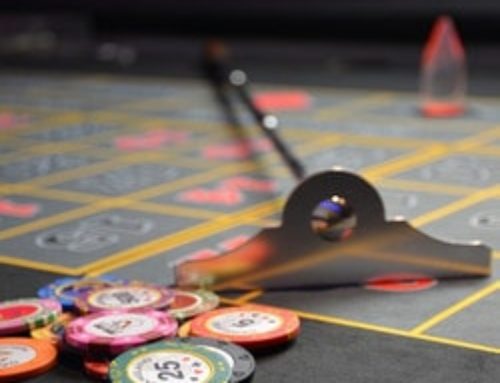How electronic tables functionCreated due to a lack of good dealers and as a money saving measure, the first electronic tables appeared in 2007 in the United States before spreading to Canada but they are still little known in Europe.
The process of playing at an automated table does not differ from the method of playing poker on the internet. After inscription and payment of the buy in, the player receives a pre-loaded magnetic card and can register for the game or tournament of his choice.
Then, by putting the card into the table, he can quickly join the game.
Electronic tables have several integrated screens, one for each player with another in the centre. The player’s virtual chips are placed to the side and each player can see the amount on his adversaries’ mat.
The machine also allows trial bets, by placing the bet without validating it and then changing it depending on one’s adversaries’ reactions. This function, which it is claimed falsifies the game, is still very controversial.
The benefits of electronic tables
For the owners of these establishments the reason for placing electronic tables in their establishments is mainly financial when one considers that paying staff is one of the highest costs involved in managing a casino.
Compared to the expense of an additional employee, the cost is recouped and therefore more affordable. Besides this, by enlarging their range of games, they hope to attract to their establishment a new clientele, younger and generally used to the internet. Also, thanks to this new technology, since the games are quicker, the number of hands played is increased by about forty. In addition, income increases at the same rate while parallel to this costs decrease.
For players used to online gaming, this new technology provides additional interest and they won’t feel too disorientated. Using the tables guarantees the reliability and the neutrality of the game. Like in the online game, the buy in and the minimum bets have been reduced, making the tables more easily accessible financially and also simple to use.
From the point of view of the game, since the tables can be interconnected, players have the possibility to play on a network which, for example, facilitates the organisation of multi-table tournaments. Even more innovative tables are equipped with a built in aerial that automatically detects the value of the chips and this speeds up of the rhythm of the game.
The reservations of regular players of live poker
However, regular users of land based casinos like the presence of a real dealer, who according to them is an integral part of the live game just like the contact with real cards and real chips, an essential psychological element in this game where the mind plays a major role in bluffs and poker tells.
The lack of noise, of smells and of contact with others eliminates an important part of the sensations sought in real casinos. If these players are used to the slower rhythm of the game at a classic table, they may feel under pressure.
So despite human errors such as misdeals or the incorrect use of a rule, real dealers don’t just have detractors.
Players’ opinions were very divided during this demonstration and familiarisation period. Up to now the trials haven’t been very conclusive so much so that the pioneering casinos in Las Vegas have had to revert to the good old traditional tables.
In the long term, it has been shown that only the most prestigious traditional rooms will be able to keep dealers by offering a combination of classic and automated tables.
On the other hand, the smallest rooms will probably move totally to electronic tables. There is an ongoing discussion about organising tournaments, in particular the WSOP as a mixture of classic and electronic tables.




